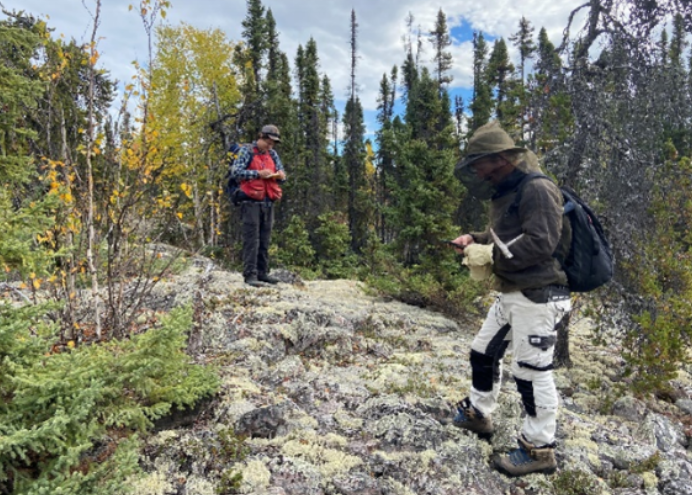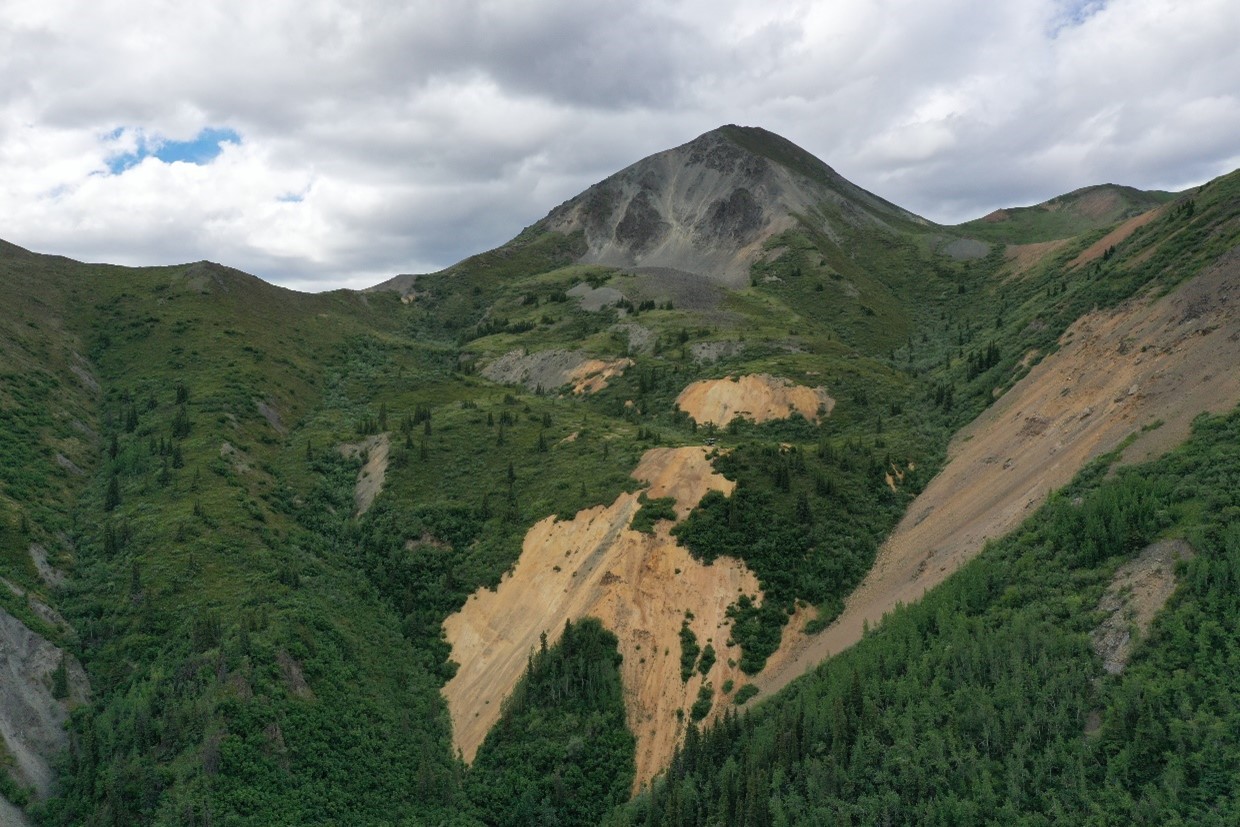WipWare closes the innovation gap

WipWare enables data-based decision making in the control room. CREDIT: WIPWARE
Getting new innovations and products into mines has been difficult, because mining companies have been resistant to change. Called the commercialization gap, inventors have had difficulty convincing mines to use their new inventions.
But that situation is changing.
“It seems as though, and I’m going to be very critical here, we lack creativity,” said Tom Palangio, president and CEO of WipWare in North Bay, Ont. “We don’t have vision. The mining industry would still be using donkeys and picks and shovels if we weren’t forced to do something better.”
After cutting production costs to the bone over the past decade, mining companies are now looking for new products and services that will make them more productive and more competitive.
“It’s partly due to the economic environment we are working in,” Palangio said.
“An ounce of gold is the same anywhere in the world and, if you can’t be the low-cost producer, you can’t be competitive.”
Tom Palangio got his product, WipFrag software, into the mining industry by pairing it with his consulting services.
In the mid-1990s, Palangio left his long-time employer, where he worked as an explosives expert, and set up his own explosives consulting business, tak ing with him some patents. Through an agreement with his former employer, Palangio was banned from selling his product in North America for several years. The WipFrag software diagnoses the quality of a blast and allows companies to change the explosives used to create the kind of blast they need.
“For us to be able to measure it in real time, actually opened a whole bunch of doors to the automated process,” he said.
Palangio worked in Panama, Peru, Chile and South Africa and Australia.
“I’m there for explosives consulting, but also selling the WipFrag software that I have,” he said. “I’m wearing two hats. It’s a nice fit, because you bring in an explosives consultant and he starts using a piece of equipment that can give you some tangible results and measure productivity increases.”
At the end of the three years, Palangio had an international distribution network and international contacts for his product but no North American contacts, because he wasn’t allowed to sell domestically.
Palangio found that companies in developing countries were more open to new technologies, partly because the new products were developed in North America. Still, North American companies resisted change.
“It’s as if we encourage uniformity,” he said. “We punish people who try something unusual and fail. ‘You didn’t do it the way you were supposed to and you failed.’ Failure seems to be a big deterrent for a lot of people.”
Able to sell in North America since 1998, Palangio has continued to sell his product outside of North America with an eye to breaking into the domestic market – using his successes to sell domestically.
“I would use those case histories as ammunition to convince or coerce the people here that they should try it too,” Palangio said.
‘Now is the time’
Palangio worked with several organizations to help him grow his business – COREM in Quebec, the Centre for Excellence in Mining Innovation (CEMI) and CANMET. He said these organizations were helpful, but the process was slow.
Palangio believes the market for new products and services for mines is opening.
“Now is the time to do it,” Palangio said. “People are looking for better ways.”
CEMI has identified the commercialization gap as a barrier to getting new innovations into mines.
“We need to be able to change the mining industry to be open to new technologies,” said Bora Ugurgel, the managing director for the Ultra-Deep Mining Network (UDMN) hosted by CEMI.
“And Tom is correct in that they might not be open to it, but I think it’s a question of packaging it and using the right language, so they really see how it’s going to benefit them.”
Ugurgel says new innovators typically need help marketing their products as solutions to mining companies’ problems.
“What is currently happening is that people are coming up with a new idea on how to do something a little bit better and they will present that to a mining company,” Ugurgel said. “But the mining companies’ main interests are about increasing productivity and bringing more ore to surface. I think what has been missing with some of those innovators is that they, perhaps, never do the business case. If that tangible value isn’t created early on, it will be difficult for anybody to buy.”
CEMI will not take on a project that doesn’t result in a commercial product.
It offers commercialization support services to its innovators and network partners to ensure their innovations make it to the commercial market.
CEMI does an assessment of each company they work with looking at the company’s capability on the technical and business side. They look at five main areas – marketing, human resources, sales, technical and outreach capabilities.
A score is given and gaps are identified; they then work with the inventor to make a business plan.
“Bottom line is that we want them to be able to minimize risk of the commercialization of the great idea,” Ugurgel said. “Lower its cost to the market – no second mortgage to afford this – get a faster return on investment and mitigate the possibility of a great idea never getting to market.”
Ugurgel doesn’t think it’s necessary to seek out clients by a specific geographic area first.
“If you have the chance to prove that this can be done in your backyard, it might give you a leg up on the international market you are looking for,” he said. “That doesn’t mean, as a business guy, you should be looking at international or national markets first.”
He said most mining companies in Canada and North America are the same global mining giants and will buy a product or service for all their mines, regardless of their location.
“It all comes back to being able to create the right solutions and make the right pitch, at the right level and let your business partners identify where best to demonstrate the value you bring to the table.”





Comments